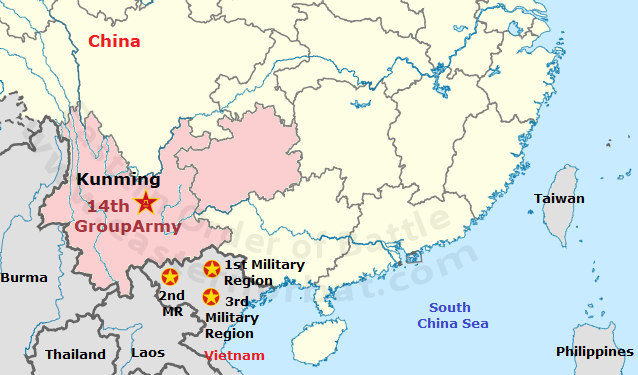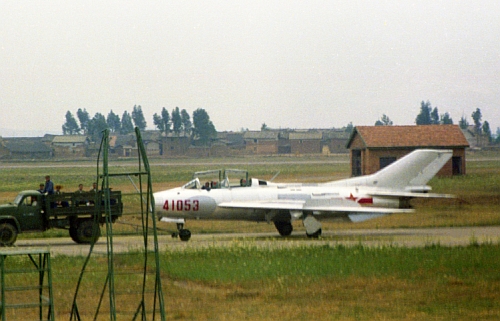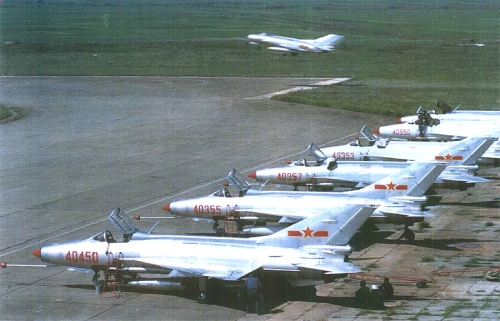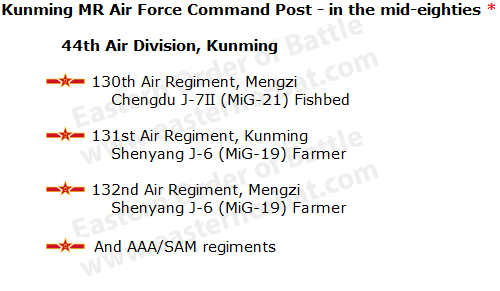|
|
||||||||||||||||||||||
 |
||||||||||||||||||||||
 |
|
Chinese Kunming Military Region |
|
|
||||||||||||||||||||||||||||
|
Chinese Kunming Military Region |
|
The air force units of the Kunming Military Region defended the Sino-Vietnamese border during the Second Indochina War from the bomber and reconnaissance aircraft of the US Air Force and the US NAVY. |
 |
|
Two Chinese Shenyang JJ-6 advanced trainer and three J-6A (MiG-19P) 'Farmer-B' all-weather interceptors of 44th Air Division |
|
|
||||||||||||||||||||
|
More Chinese 44th Air Division's Shenyang J-6 fighters (MiG-19) 'Farmer' wearing camouflage after the Sino-Vietnamese War in the early eighties. |
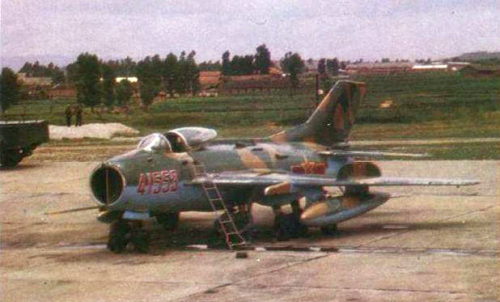 |
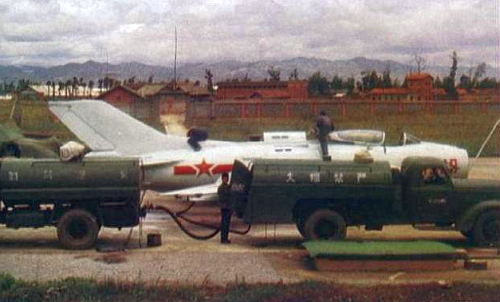 |
||
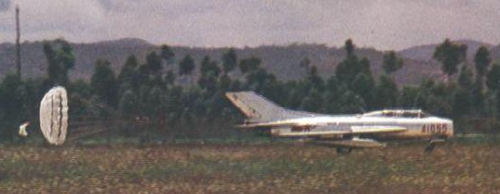 |
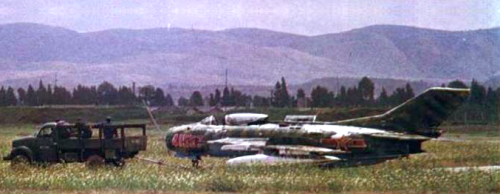 |
||
|
After the Sino-Vietnamese War, the Soviet Union delivered near two-hundred MiG-21bis ‘Fishbed-L’ tactical fighter and 32 Su-22M ‘Fitter-J’ fighter-bomber aircraft (plus MiG-21UM ‘Mongol-B’ and Su-22UM ‘Fitter-G’ trainer aircraft) for the Vietnamese, Lao and Cambodian Air Force. These were very modern aircraft in the Indochina region first half of the eighties! The MiG-21bis ‘Fishbed-L’ tactical fighter used modern R-13 ‘AA-2C Atoll’ short-range, infrared homing air-to-air missile with more sensitive nitrogen-cooled seeker head and R-3R ‘AA-2D Atoll’ semi-active radar homing (SARH) version air to air missile. |
|
|
||||||||||||||||||||
|
In August 1985, Kunming Military Region was disbanded and its troops reassigned to Chengdu Military Region. In September 1985, the Kunming Military Region’s Air Force and the Chengdu Military Region’s Air Force were merged and reorganized as the Chengdu Military Region’s Air Force. |
|
|
||||||||||||||||||||
|
|
